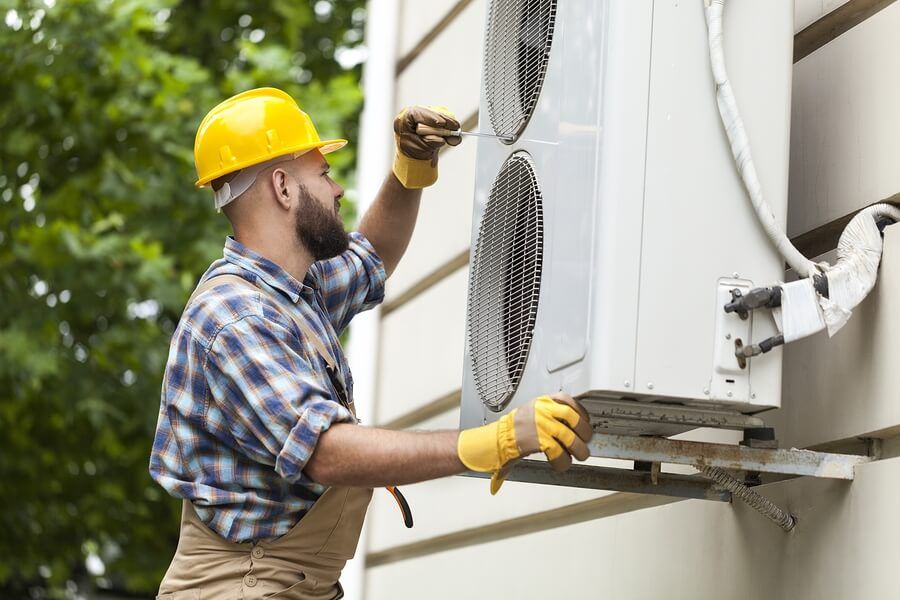The Importance of a Lone Worker Policy

Lone worker safety may be something that companies never think about, as the idea of a one-man crew would be unheard of for the type of work they perform. However, many companies find themselves sending lone workers to perform tasks on a regular basis – whether it’s because budgets don’t allow for additional workers or because the work itself only requires one person. When lone work needs to occur in isolated or remote locations, workers could find themselves in vast amounts of risk.
A wide variety of problems can occur when workers are alone that can only be exacerbated by their inability to summon help. What happens when one of your workers needs to perform maintenance in a remote, unused building on your company’s campus, and they suffer a heart attack or slip and hit their head? What could have been a recoverable situation now turns into a fatality because nobody is around to help.
What OSHA Says about Lone Workers
Typically we would look to OSHA for guidance, unfortunately, this specific topic has yet to be addressed in general industry. Fortunately, OSHA’s General Duty Clause could simply be brought into play. General Duty Clause says that the employer must provide the employee a workplace that is free from recognized hazards that are causing or are likely to cause death or serious physical harm.
Not every situation where our worker would be alone would fall into this category, but how do you know when this applies? Your best bet, as an employer, is to perform a hazard assessment. A hazard assessment will give you documented reasons why you felt working alone was or was not safe.
Hazard Assessments with a Lone Worker in Mind
What should you be looking for in this assessment? First, consider the overall safety and security of the job. Is the work itself inherently dangerous? Is the location dangerous (for instance, a high-crime area)? Does the worker need to go into people’s homes? Is there heavy lifting to be done, that cannot be done alone or with mechanical means? Is the work position awkward, at heights, or near electrical equipment? Will your worker have difficulty getting in and out of their work location? Are there hazardous chemicals your employee needs to use or to which he/she can be exposed? Does your employee have a medical condition that should preclude them from working by themselves?
What Information Belongs in a Lone Worker Policy
The questions above, and possibly more, will help you make the call. When you do, if it’s determined that the job is not safe or has the potential not to be safe, what should be done? The first step would be to see if it’s feasible to assign a second person, but let’s say it’s not. What should be in our plan to keep these workers safe?
Communication
Communication is the first step. How are you keeping tabs on this worker? Technology today should make this simple given that most people have a cell phone. You should create a procedure that requires them to take action at a regularly determined interval, such as a phone-in or some other type of active check-in (via an app or another device) that allows you to know their status. This check-in should include a final check in when they’ve returned to the base of operations or their home after completion of the job.
Emergency Response
Employees need to know who they’re summoning in the event of an emergency, how they are summoning them, and they must be provided the means to do so. If you are relying on a cell phone and a call to 9-1-1, what if the remote areas in which they are working have bad cell reception? How is that plan going to help somebody who has fallen unconscious? Devices should be in place that sends alerts if your lone worker has not checked in at their assigned interval.
Rules
Given an assigned task and no supervision, a worker is most likely going to do whatever is necessary to complete their job. Unfortunately, some things are much more hazardous to do when alone, than when you are working with a partner. Clear guidelines should be established for the employees so that they know exactly what they may or may not do when working alone. You want to be sure that your employee checks in about encountering anything that is unexpected and may put him/her in danger before proceeding.
Training
All of these rules mean nothing if your employees are unfamiliar with them. Once you’ve developed your lone worker policy, make sure you train your employees so that they are not taking an unnecessary risk during their workday. They should be trained on how to communicate, how to summon emergency help, and what they can and cannot do while alone. Most importantly, they should be trained to call and check anytime they are unsure. Period.
Worker safety is of utmost importance, but it can be difficult to monitor, especially in situations such as these. Supervisors can’t be expected to be at all places at all times. Employees need to know that whether alone or in a group, they cannot take risks with their well-being. They need to understand how something that goes wrong while alone can quickly turn from minor to tragic. They need to realize that with nobody else present, the responsibility to keep themselves safe, to follow the rules set out for their work, and to not take unnecessary risk, falls on their shoulders. If you can prevent workers from being alone, do it. If you can’t, make sure you’ve done everything possible to keep your employees safe, secure, and alive.



